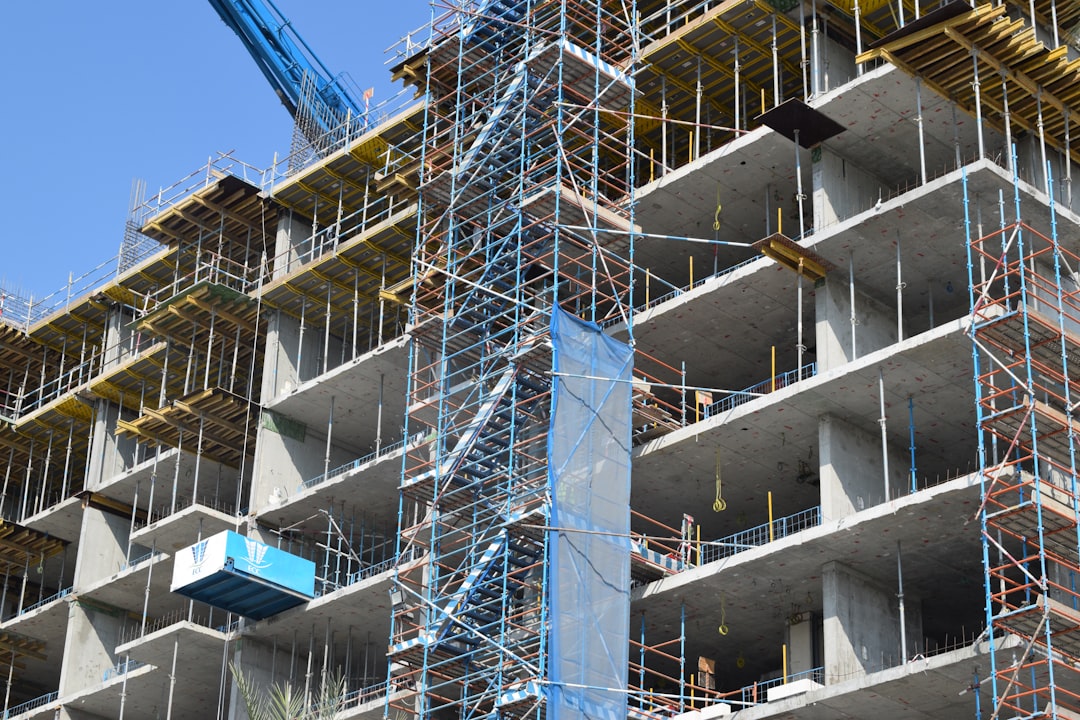body {
font-family: sans-serif;
line-height: 1.6;
}
h1, h2, h3 {
color: #333;
}
Scaffolding is an indispensable element in any construction project, providing temporary support for workers and materials. At the heart of most scaffolding systems lie scaffolding pipes – the robust and versatile tubes that form the backbone of these crucial structures. This comprehensive guide delves into the world of scaffolding pipes, exploring their types, applications, safety considerations, erection procedures, and relevant regulations.
Types of Scaffolding Pipes Used in Construction
Scaffolding pipes are typically manufactured from high-strength steel, chosen for its durability and ability to withstand significant loads. Several types are commonly used, each with its own specifications and applications:
- Standard Scaffolding Pipes: These are the most common type, usually conforming to industry standards regarding diameter, wall thickness, and yield strength. They are readily available and are versatile enough for a wide range of scaffolding configurations.
- Galvanized Scaffolding Pipes: These pipes undergo a galvanization process, coating them with a layer of zinc to protect against corrosion. This makes them particularly suitable for outdoor projects and environments with high humidity or exposure to harsh weather conditions.
- Black Scaffolding Pipes: These are untreated steel pipes and are typically less expensive than galvanized pipes. However, they are more susceptible to rust and require regular maintenance or protective coatings, especially in exposed environments.
- Alloy Steel Scaffolding Pipes: For projects requiring exceptional strength and resistance to extreme conditions, alloy steel pipes might be used. These pipes offer higher yield strength and greater durability but come at a higher cost.
Safe Erection and Dismantling of Scaffolding Pipes
The erection and dismantling of scaffolding are critical phases that demand meticulous attention to safety. Improper procedures can lead to serious accidents. Key considerations include:
- Proper Planning: Detailed plans, including scaffold design, material quantities, and erection procedures, should be prepared before commencing work. These plans should adhere to relevant safety standards and regulations.
- Competent Personnel: Only trained and experienced personnel should be involved in the erection and dismantling of scaffolding. They should possess a thorough understanding of safety procedures and the use of appropriate personal protective equipment (PPE).
- Use of Correct Fittings: Couplers, clamps, and other fittings must be correctly installed and securely fastened to ensure the structural integrity of the scaffold. Damaged or worn-out fittings should be immediately replaced.
- Regular Inspections: Regular inspections throughout the erection process and during the scaffold’s use are essential to identify and rectify any potential hazards. This should include checks for loose connections, damaged pipes, and overloaded platforms.
- Safe Dismantling Procedures: Dismantling should be carried out in a controlled and systematic manner, working from the top down. Properly trained personnel should supervise the process, ensuring that all components are removed safely and efficiently.
Common Applications of Scaffolding Pipes in Construction
Scaffolding pipes find widespread use across various construction activities. Their applications extend beyond simple support structures and encompass a diverse range of tasks:
- Building Facades: Providing access for workers to clean, repair, or maintain building exteriors.
- Bridge Construction: Supporting workers and materials during the construction and maintenance of bridges.
- Industrial Projects: Providing access for maintenance and repair work in industrial settings.
- High-Rise Buildings: Essential for the construction and maintenance of skyscrapers and other tall structures.
- Renovation Projects: Providing temporary support for workers and materials during renovation work.
- Event Staging: Creating temporary structures for events, concerts, and exhibitions.
Regulations and Standards for Scaffolding Pipes
The use of scaffolding pipes is governed by stringent regulations and standards designed to ensure safety. These regulations vary depending on the location and jurisdiction but typically cover aspects such as:
- Material Specifications: Standards specify the required strength, diameter, and wall thickness of scaffolding pipes.
- Erection Procedures: Regulations outline safe practices for erecting, using, and dismantling scaffolding.
- Inspection and Maintenance: Standards mandate regular inspections and maintenance to ensure the scaffold’s structural integrity.
- Load Capacity: Regulations define the maximum load that a scaffold can safely support.
- Safety Training: Requirements for the training and certification of personnel involved in scaffolding erection and dismantling.
Compliance with these regulations is crucial to prevent accidents and ensure worker safety.
Maintenance and Inspection of Scaffolding Pipes
Regular maintenance and inspection are critical for ensuring the longevity and safety of scaffolding pipes. A proactive approach can prevent accidents and extend the lifespan of the equipment. Key aspects of maintenance include:
- Visual Inspections: Regular visual checks should be conducted to identify any signs of damage, such as bending, cracks, or corrosion.
- Corrosion Protection: Galvanized pipes require less maintenance, but even these can benefit from periodic inspections for signs of rust or damage to the zinc coating.
- Fitting Checks: Regularly inspect all couplers, clamps, and other fittings for damage or looseness. Replace any faulty components immediately.
- Storage and Handling: Proper storage and handling practices can prevent damage to scaffolding pipes. Avoid dropping or striking the pipes against hard surfaces.
- Record Keeping: Maintain detailed records of inspections, repairs, and replacements to ensure compliance with regulations and track the condition of the scaffolding.
In conclusion, scaffolding pipes are fundamental components in construction, playing a vital role in ensuring worker safety and project success. Understanding their types, applications, safety regulations, and maintenance procedures is paramount for all those involved in the construction industry.
SEO Tags: scaffolding pipes, construction scaffolding, scaffolding safety, scaffolding regulations, scaffolding maintenance




